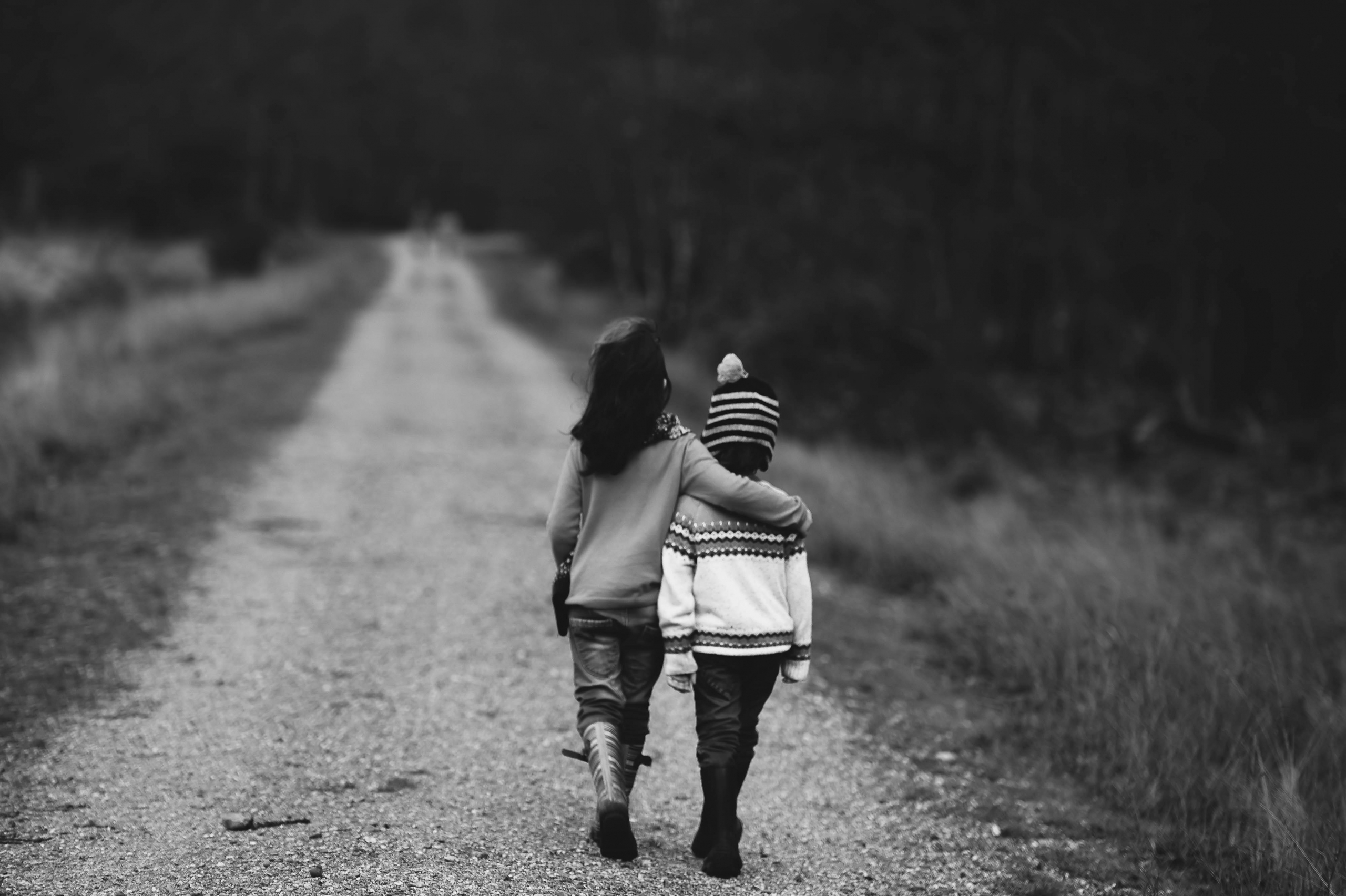Diversity in Adoption
Transracial adoption is when a child is adopted by a parent whose race or ethnicity is different than their own. It occurs in all forms of adoption: international, domestic infant, and foster care adoption. Some adoptive parents may think that adopting an infant will be easy, no matter what the race of the child is. The reality is that an adoptive child’s original culture needs to be respected and celebrated.
Our Story
Years ago, I loved walking into a restaurant with my whole family. Heads would turn, and I would hear gentle whispers and see the stares of other customers as if to say, “Are those all of your kids?” Perhaps they thought we were a daycare. I don’t know. My wife and I had eight kids, six of which were adopted.
People would marvel at our family, not only at its size and its diversity, but rightfully so. Our family has the following ethnicities: Jamaican, Italian, Norwegian, Puerto Rican, East Indian, and Native American. We couldn’t have planned it that way. We certainly didn’t know we would end up with such diversity. And it is a beautiful thing!
My wife and I adopted our first child in 1993 and adopted our last in 2011. We adopted from foster care and we adopted privately. We adopted because we recognized that these children had a need for a forever family. Race did not matter to me and my wife. We were not looking to build a family, we did not have fertility issues. We simply wanted to give a child a home. Little did we know the road we were about to travel.
Joys and Challenges
Having children with such diverse backgrounds is simultaneously a joy and also a challenge. We had the joy of researching and celebrating each culture and learning the national anthems, flags, and languages of each nation. Learning the national history was also insightful.
On the other hand, adopting a child with an unfamiliar culture does have its challenges. The most obvious challenge children of color face is racism. To think racism doesn’t exist because you haven’t experienced it is incorrect. Young children may not experience or process racism the same way as adults do. However, as they grow, their understanding will too.
We need to teach our children that while we have differences, those differences are beautiful. We need to teach our children that we are not to mock others because of those differences. And, if they are a victim, they are to report it.
A Transracial adoptive family needs to be proactive. Diversify your community and your playgroups Host gatherings in your home. Open avenues of conversation about your child’s culture with them and dispel any myths and stereotypes. Children of color can grow up to be successful, happy individuals. They can be anything they put their mind to.
Another challenge children who were adopted may face, especially as they enter school, is other children’s innocent questions. “Why do you look different from the rest of your family?” “You’re Spanish. Why don’t you speak Spanish?” “Why weren’t you born in this country?” “Why do you have that accent?” “What happened to your ‘real’ mommy?” Children have a natural curiosity. Their first instinct is to learn about their world, not to inflict hurt.
That being said, other questions may hurt your child unintentionally because it makes them feel different. Adoptive parents need to equip them with the tools they need. The simple answer to many of these questions is, “I was adopted.” As they get older, you may equip them with additional answers. As they enter their teen years, if the questions get too intense, the simple answer is, “I’d rather not talk about it right now.” The bottom line is that adoptive parents need to provide a safe place for their children to process these challenges with them. Your child needs to know that they can feel empowered to overcome the challenges they face.
Connected To Culture
It is imperative to keep a child connected to their culture. Even if you don’t, or if the child seems apathetic or indifferent now, they may change their mind later. It is also important to realize that many people of color have a history of being victimized by other races. Be sensitive and share information that is age-appropriate and developmentally appropriate.
Here are some ways to keep your child connected to their culture:
Biological Family
If you have an open adoption, you may have an opportunity to connect your child to their biological family. Different family members may have some insight into the family tree. Or, they may have a family recipe, unique to their culture, that has been handed down from generation to generation. Biological family may also be a valuable resource regarding language. They can teach simple words and phrases and teach about the family name.
Books and News Articles
Books about heroes from other ethnicities are a treasure! Your child may gain a sense of national pride from reading these books. Look for biographies or important heroes such as African American legend Jackie Robinson, who broke the color barrier in baseball; Native American Olympic Champion, Billy Mills; or Cuban American Senator from Florida, Marco Rubio. There are heroes in every culture.
Transracial Families
Lastly, set up play dates with other transracial families or families who have adopted children from different cultures. This way, your child will be given the chance to identify with racial mirrors. They will see other adopted children and realize they have something in common: a family who loves them regardless of race.
Diversity in adoption can be a beautiful thing. All children and parents are unique and have intrinsic value. Each culture has something positive to contribute to our community. Adoptive families can look past outer appearances and care for the individual child unconditionally. And that is a great thing.








